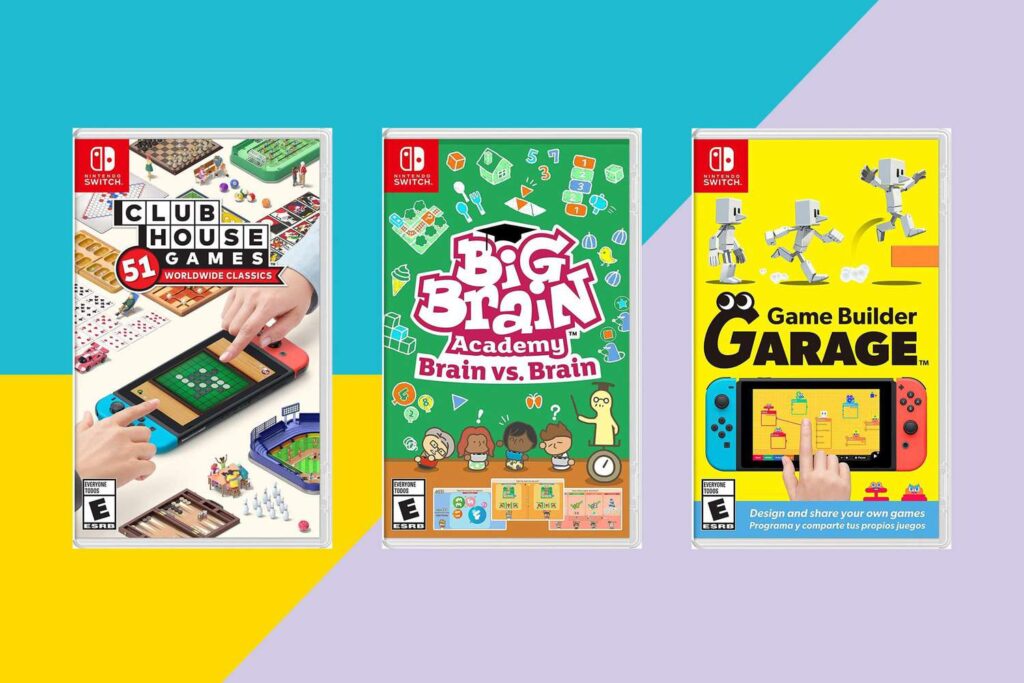Game design involves a team of highly skilled individuals working together to create the games we love. It all begins with a unique and engaging game concept, followed by the development of the prototype and the design of game mechanics that are easy to understand yet challenging enough. The game design team works with artists and sound engineers to create immersive visuals and sound, followed by rigorous testing and debugging before launching the game. The team continues to support and update the game to keep players engaged and interested. Understanding the game design process allows players to appreciate and enjoy the games they love even more.
How Game Design Works: Behind the Scenes of the Games We Love
Introduction
Video games have become an integral part of our lives. From casual games to highly immersive games, the gaming industry has something to offer for everyone. But have you ever wondered how these games are made? Game design is a complex and challenging process that involves a team of highly skilled individuals working together to create the games we love. In this article, we will take a look behind the scenes of game design and explore how games are made.
Conceptualizing the Game Idea
Every game begins with an idea. This idea can come from anywhere, ranging from personal experiences to popular culture. The game concept should be unique, engaging, and have a clear target audience in mind. Once the concept is finalized, the game design team brainstorms ideas and draws up a game plan. They work on creating the primary mechanics, gameplay, and story, as well as the art and sound design.
Developing the Prototype
Once the game’s basic design has been established, the team moves on to develop the prototype. This is the initial version of the game that acts as a test, allowing the designers to make changes and tweaks before the final release of the game. The prototype helps identify any potential issues with the game, including gameplay bugs, graphic glitches, or other design issues.
Designing the Game Mechanics
Game mechanics are how the game player interacts with the game. Examples include controls, character mechanics, camera angles, and more. The game design team works on designing the game mechanics to make sure that the game is both engaging and fun to play. The mechanics should be easy to understand, yet challenging enough to keep players interested. The team also develops the game’s rules and objectives, detail the level design, and test the game balance before finalization.
Creating the Visuals and Sound
When it comes to designing games, visuals, and sound are just as important as the gameplay mechanics. The game design team works with artists and sound engineers to make sure that the visuals and sound blend together perfectly. The game’s graphics should be eye-catching and immersive, while the background music and effects should enhance the player’s experience.
Testing and Debugging
After the prototype is developed, the game goes through rigorous testing and debugging. The game is tested within the team, and then with a group of beta testers to ensure that the final version is free of bugs and glitches. The testing team evaluates the game’s difficulty level, playability, and the overall user experience.
Launch and Post-Launch Support
Once the final game version is complete, the game is released to the public. The game design team continues to support and update the game to fix any issues and improve the gameplay mechanics. They also work on expanding the game with new levels, characters, and other updates to keep players engaged and interested.
Conclusion
Game design is a complex process that requires creativity, skill, and teamwork. Game designers go through various stages of conceptualization, prototyping, design, and testing before the game is finally released to the public. The gaming industry has something to offer for everyone, and the game designer team works hard to create compelling and memorable games that keep players engaged. By understanding the game design process, players can appreciate and enjoy the games they love even more.
